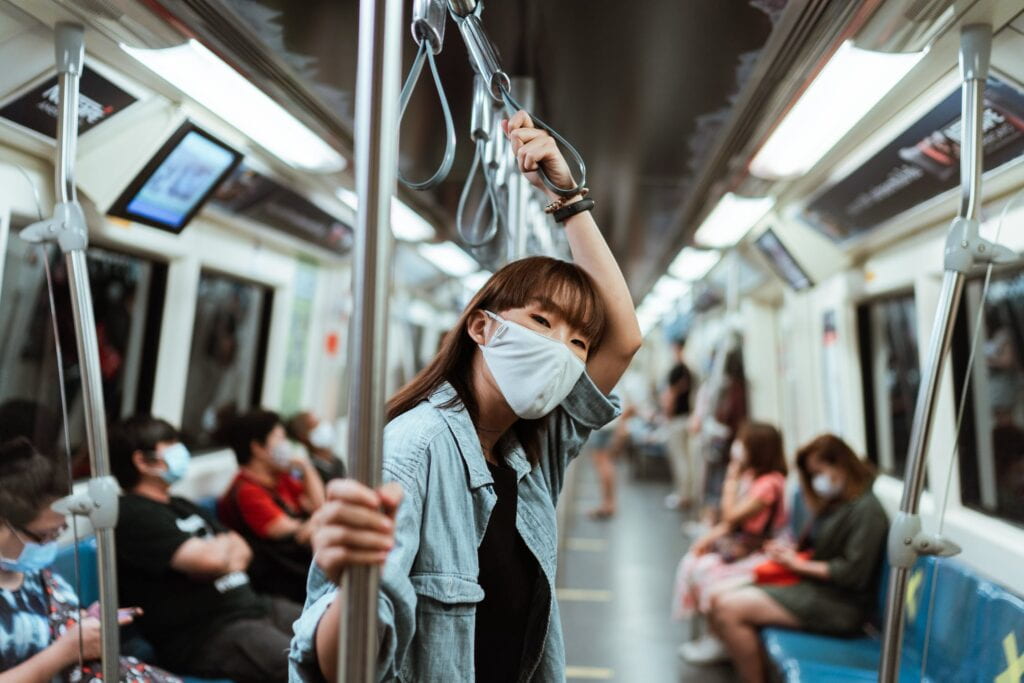
The prevalence of COVID-19 in the United States has paved the way for a new concern: should people be required to wear masks if it is not mandated on public transportation?
A judge invalidated the federal mandate that required passengers to wear masks on public transportation. Though filtration and ventilation are effective on planes to reduce the risks of COVID-19, crowded boarding areas and the use of aerosols pose a risk. Additionally, because people are in close quarters on planes, the virus can be easily transmitted. A study regarding COVID-19 in planes revealed a 34% attack rate within 3 rows of the lead case compared to an 11% attack rate for people seated in other areas. Another study revealed that in high-risk planes that had more passengers pushed together, the impact of masks was more effective.
This reminds people of the benefits that come with wearing a mask. For instance, masks not only protect others on the train, but also the wearer because people are exposed to a smaller dose of the virus. It also emphasizes the importance of wearing effective masks of good material and fit. Most importantly, is that some areas of the world have greater risks of COVID-19 and are more susceptible to new variants, so it is important to take all things into consideration when lifting a mandate in a highly contagious area. No mitigation measure is entirely perfect, so continuing to mask up will keep our communities safe and protected.
